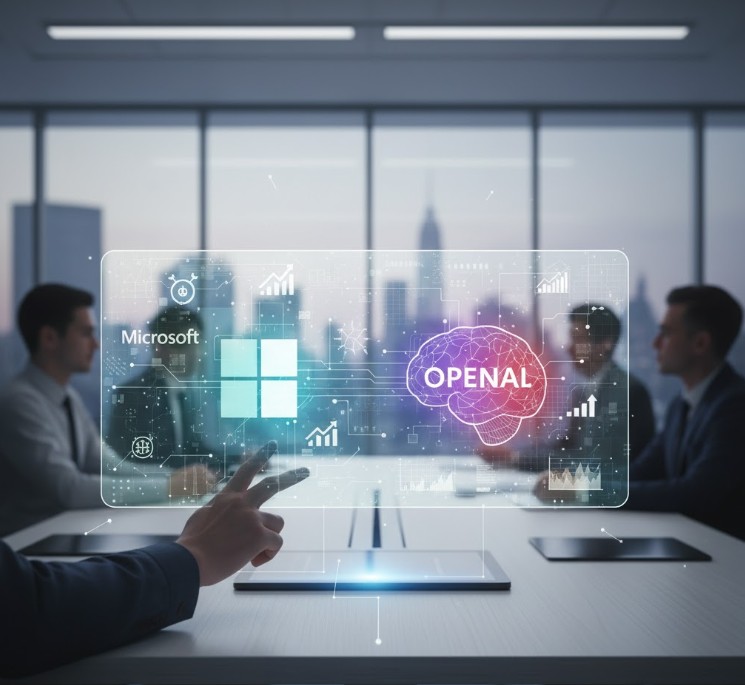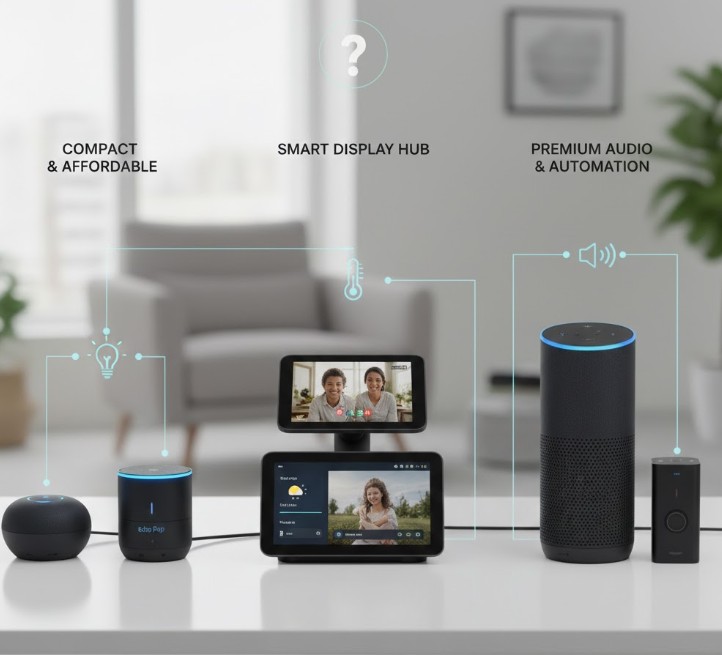Microsoft has deepened its investment and collaboration with OpenAI by announcing the creation of a more refined structure for joint innovation and investment in AI. Under this more expansive framework, Microsoft now has a stake that is approximated at $135 billion and marks approximately 27 percent of OpenAI’s newly formed public-benefit corporation.
With this move, both companies are bound to long-term success, technological leadership, and deployment of AI on a large scale.
Partner Roles Reinforced with Extended Cloud and IP Access
Under this particular agreement, Microsoft will maintain exclusive rights of OpenAI’s frontier model partnership, and Azure will remain the chosen cloud provider for exclusive workloads. Furthermore, Microsoft has had its IP rights extended until 2032 covering models and research frameworks, while OpenAI is able to partner freely with third-party developers and evolve its own product ecosystem.
Massive Azure Commitments Boost Infrastructure Investment Significantly
As part of the collaboration, an extra $250 million worth of Azure services will be procured by OpenAI. Such investments will bolster the huge compute infrastructure that will be required to build next-generation AI models, from super-scale training through to preparation for enterprise deployment, all of which will further bind OpenAI’s ambitions with Microsoft’s cloud business
How The Expanded Collaboration Impacts AI Market and Innovation
In the AI ecosystem, this development has great implications: it concentrates the access to core compute and model, raising the standard for competition, and highlights the need for partnership in cloud and AI. All these considerations set Microsoft squarely not only as an AI provider but also as co-innovator; for OpenAI, it is now in a position that gives it the scale, resources, and enterprise reach to deliver at scale. Even governance-targeted updates of the partnership, like independent AGI verification, point toward much higher safety and accountability in the rapidly changing AI landscape.
TechRadar
What Users And Businesses Should Watch In Coming Years
Looking ahead, there are several important areas that enterprises, developers, and users should follow closely.
- The rollout of new business-facing AI tools built jointly on Microsoft and OpenAI architecture.
- Changes in how licensing, model access, and cloud provisioning are managed under the extended IP and service rights.
- Potential shifts in the competitive landscape, as this collaboration may accelerate new breakthroughs and discourage rival market entrants.
- Regulatory scrutiny around scale, consolidation and ethical AI deployment given the size and scope of the partnership.
The deepening of Microsoft and OpenAI is more than a headline; it is a tectonic shift in the manner in which frontier AI will be constructed, managed and monetized. For anyone following the future of computing, enterprise software or cloud infrastructure, this enhanced partnership lays the foundation for the next chapter of artificial intelligence.
Read Also: Microsoft’s Put AI Browser to the Test. Here’s What Actually Works
News Source: PcMag.com







Leave a Reply